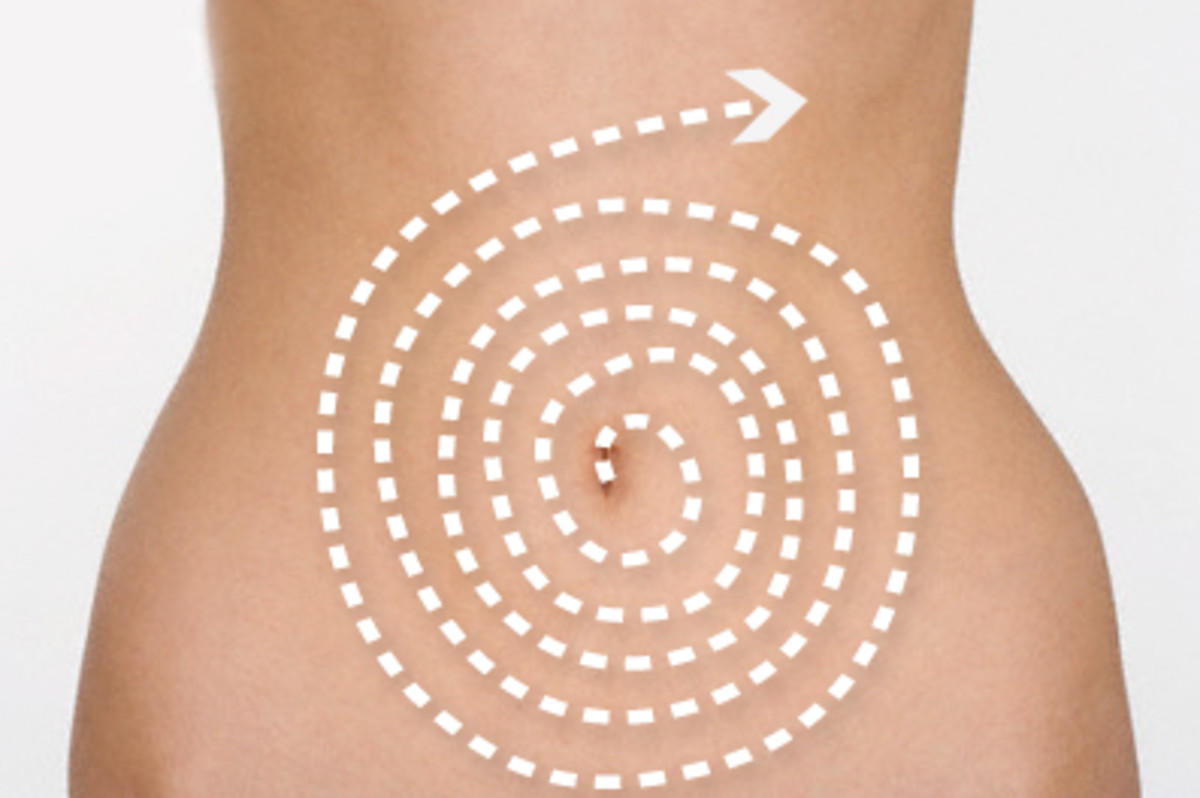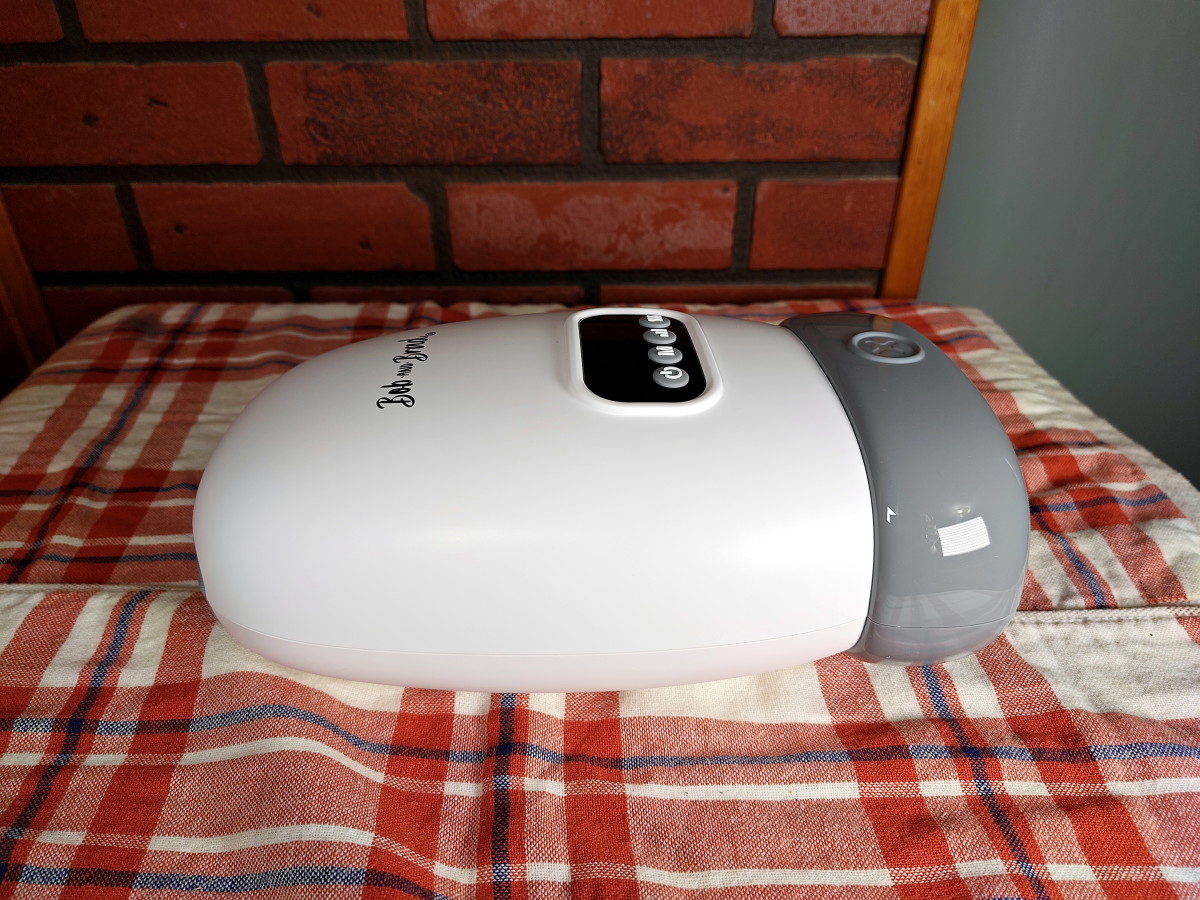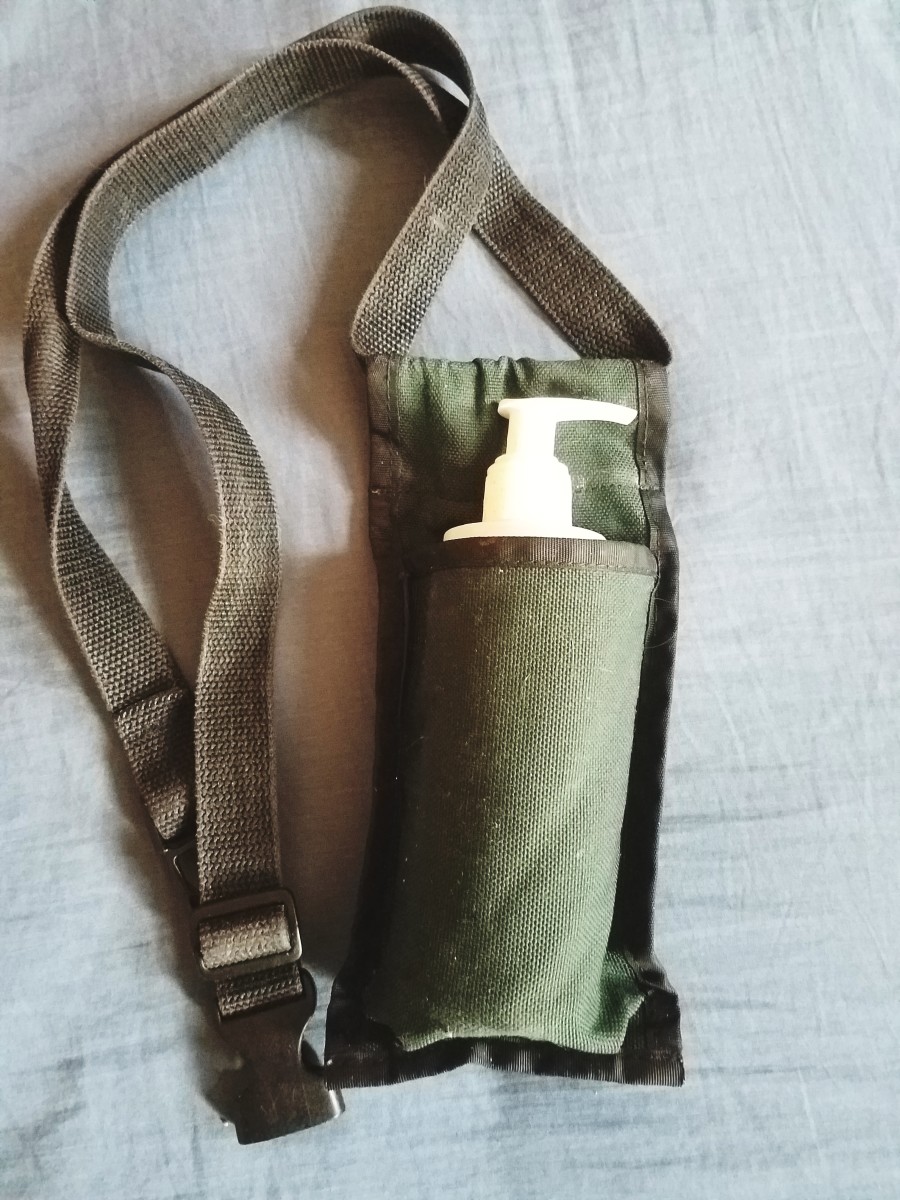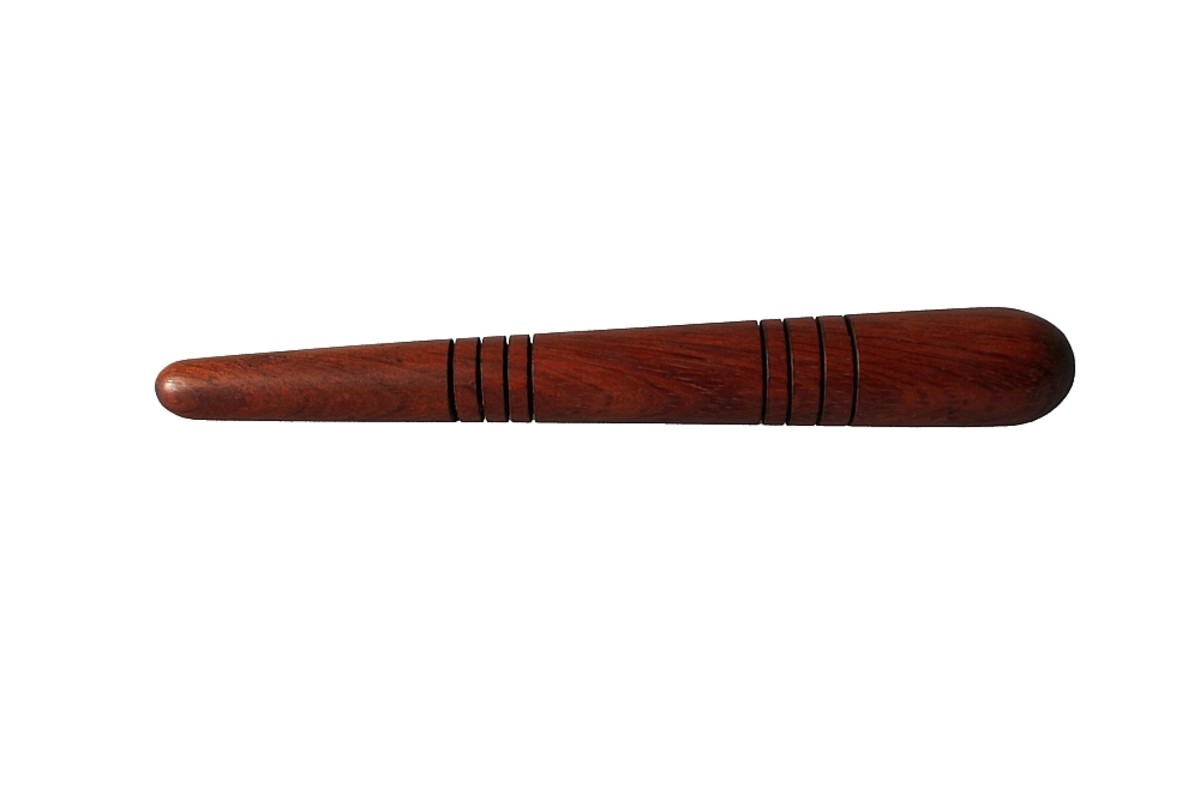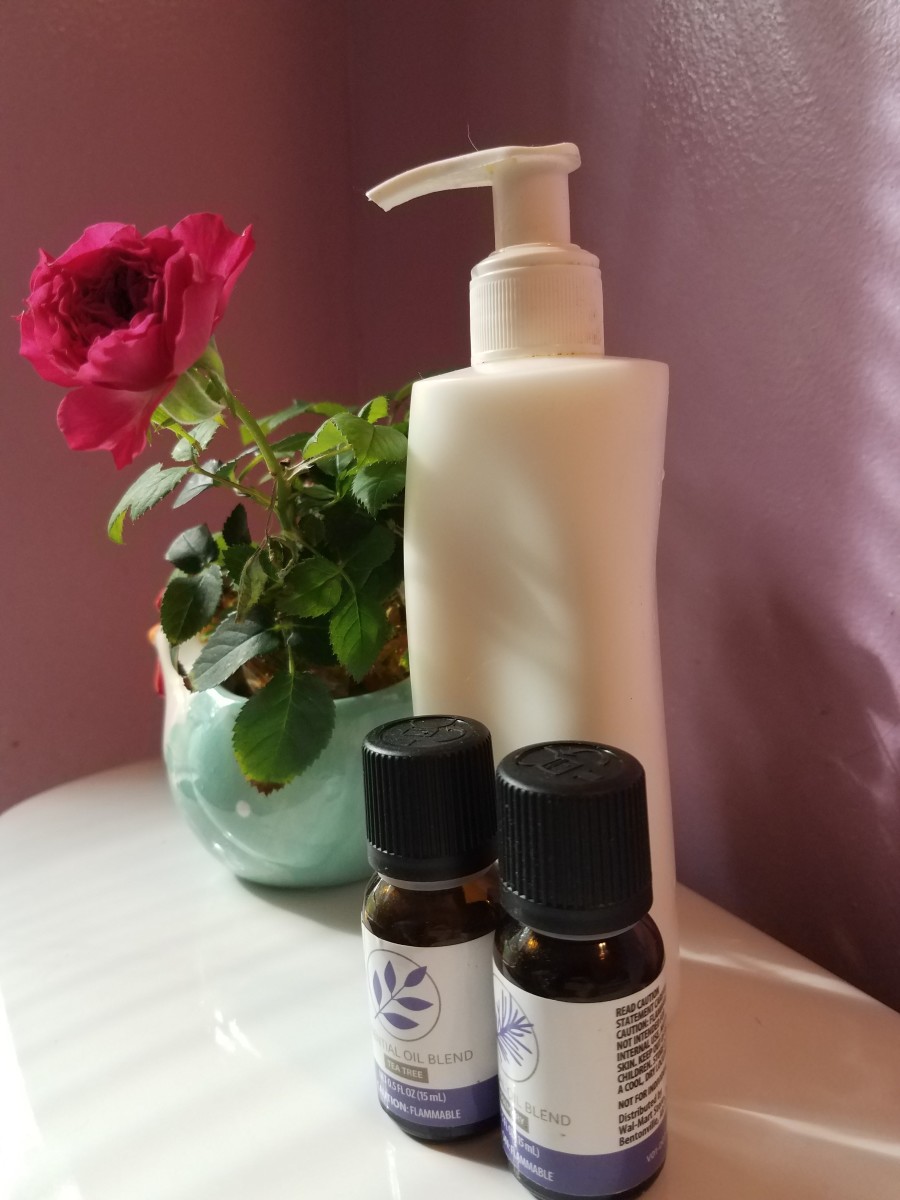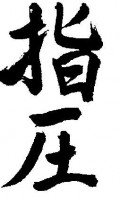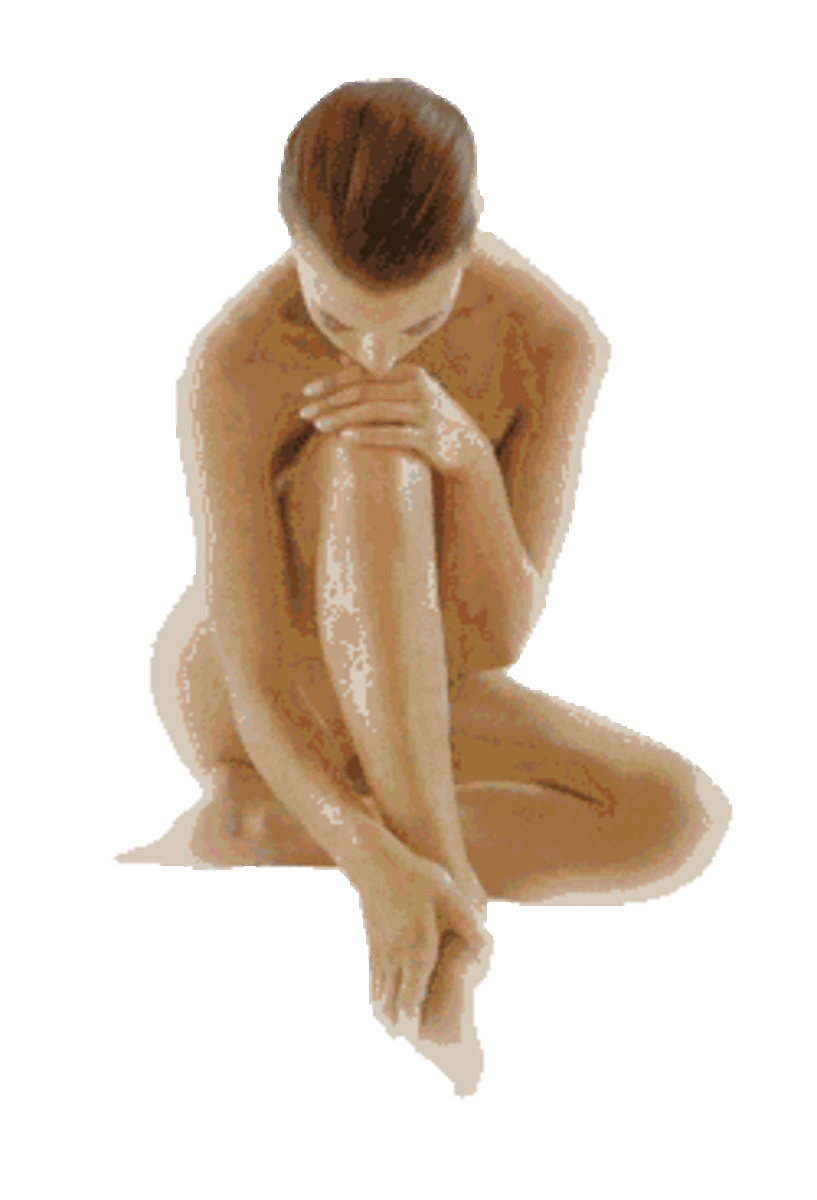Swedish Therapeutic Massage
There are several categories of massage techniques involved in Swedish or Western massage. Knowledge of these techniques is necessary to do proper, therapeutic massage.
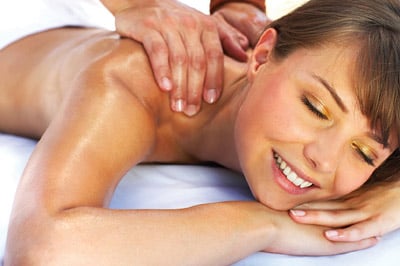
Effleurage
The first of these techniques is Effleurage. This is the one a therapist must always start with and end with, and is a sliding or gliding stroke done in a smooth continuous motion.
This technique distributes the oil or cream on the body. It allows the patient to become accustomed to the therapist's touch. It allows the therapist to assess the condition of the client's skin and muscle tissues, as well as to transition from one body region to the next without losing contact and the energy connection.
It assists in venous and lymph return on extremities. It increases local circulation in tissues, meaning it brings nutrients and removes wastes. It can calm the nervous system when done slowly; and stimulate the nervous system when done quickly. Furthermore, it prepares the body for deeper strokes because it warms the tissues.
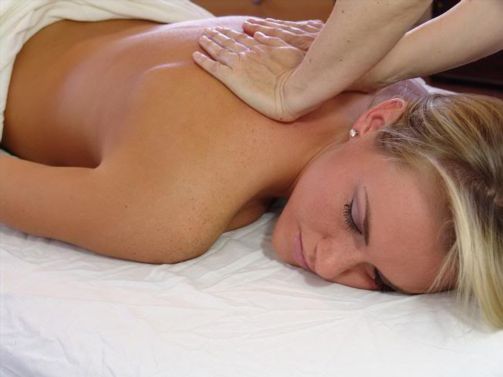
Are You A Writer?
If you are interested in making money online while writing? Hubpages is a great community to write in!
Petrissage
The second massage technique is Petrissage. This technique is one that lifts, wrings, rolls or squeezes in a kneading motion.
It
is used to “milk” tissues of waste products, assist in venous lymph
return, increase local circulation, separate muscle fibers, and evoke
muscular relaxation.
It is always preceded by a sufficient
amount of effleurage strokes to warm up the area and for absorption of
the lubricant. Too much lubricant in this technique, prohibits
efficient grasping of the tissues.
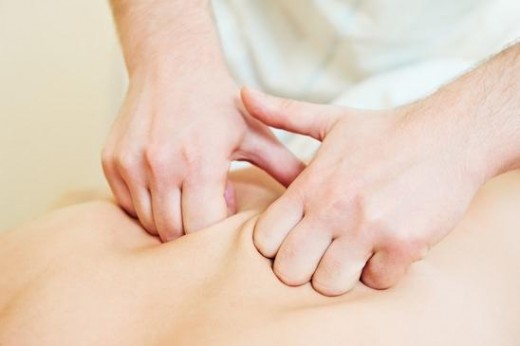
Friction
The third
technique is friction. This technique involves a stroke that does not
slide over the skin, but moves the skin over deeper tissue layers until
the skin gets warm. Friction gets rid of hypertonic tissue, which is
hard, dense knots.
It is used to increase local circulation. It
breaks down adhesions or knots. It loosens stiffness in the joint. It
allows the therapist to work in areas with little blood supply, such as
tendons and ligaments.
This technique is preceded by effleurage and petrissage, strokes for proper warm up and lubricant absorption.

Tapotement
The
technique used in a lot in sports massage is tapotement. It is the most
stimulating stroke in all of Swedish massage. It is a series of rapid
percussion or drumming movements of the hands, performed in an
alternating or simultaneous fashion.
This technique is used to
stimulate nerve endings. It is often used at the end of a massage to
prevent sending a too sedated client back to work or on the road.
It
also tones muscles as well as preparing muscles for performance, as in
athletics or dance. It dislodges phlegm in the lungs. It desensitizes
hypersensitive areas.
This technique cannot be done immediately
after exercising, because it activates muscle spindles resulting in
cramping. It also should never be used in delicate and unprotected
areas, which means, any area that is not protected with bone cavities
or muscles; or any area that has superficial bone structures, such as
vertebrae, scapula, varicose veins, abdomen, and anterior neck, to name
a few. These are called endangerment sites.
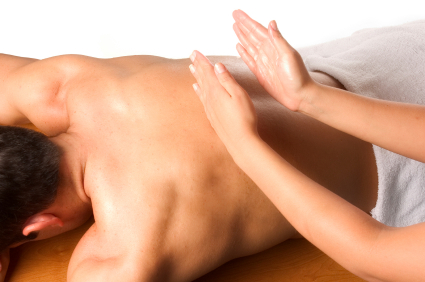
Vibration
This
final technique is interchangeable with the previous one, and can be
done prior to it, if necessary. It is a tremulous quivering, shaking,
rocking movement that is applied with the fingers, full hand, or
appliance.
It is used to enhance relaxation, increase circulation,
relieve pain, stimulate peristalsis or the propelling of the intestine,
and it assists in postural drainage.
At the start as well as the end of any good massage, the therapist will come back to effleurage to finish the session.


